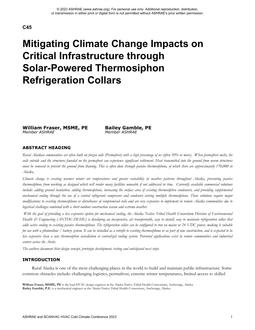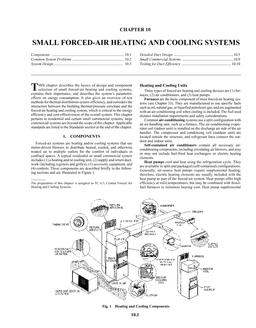Knowledge of occupants’ interactions with building components and systems and how indoor environments are influenced in response to occupant behaviors is highly beneficial for operating and maintaining existing buildings more efficiently and for designing new buildings to be more comfortable and energy conscious. The objective of this paper is to provide insights in this regard.Tothis end, occupant behaviors and energy flows are being monitored in an academic building in Ottawa, ON, Canada. A sample of 23 perimeter offices on the east, west, and south facades and two corner offices on the southeast were studied. Occupants’ presence and indoor environmental conditions, including indoor temperature and relative humidity, are being collected with built-in sensors integrated with the building automation system (BAS). Outdoor time-lapse cameras are recording operable window and shade positions. Light state and indoor illuminance are being measured by standalone data loggers installed in each office. This paper presents results of this monitoring campaign on occupants’ presence and behaviors, indoor environmental conditions, and energy demand in various offices.
Citation: ASHRAE Transactions, vol. 123, pt. 2
Product Details
- Published:
- 2017
- Number of Pages:
- 17
- Units of Measure:
- Dual
- File Size:
- 1 file , 11 MB
- Product Code(s):
- D-LB-17-014


